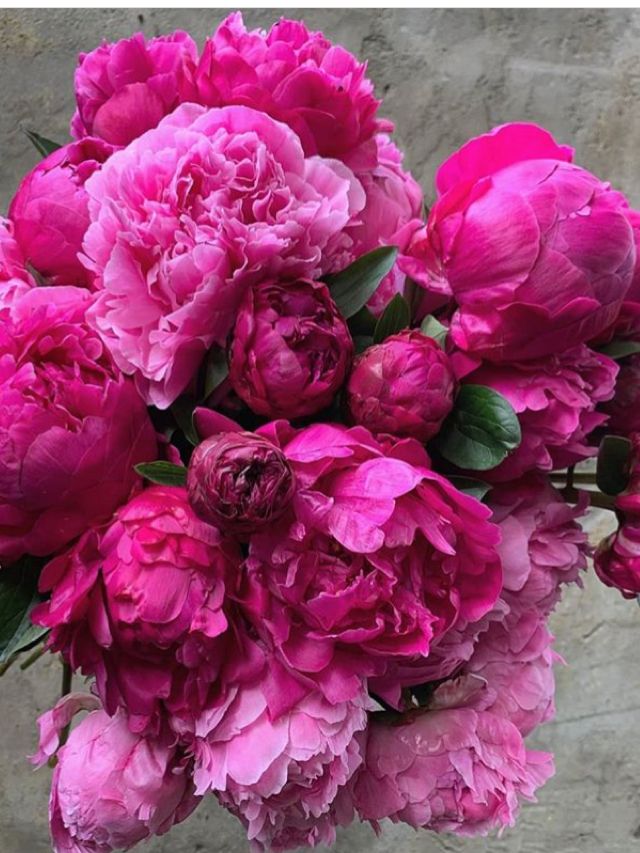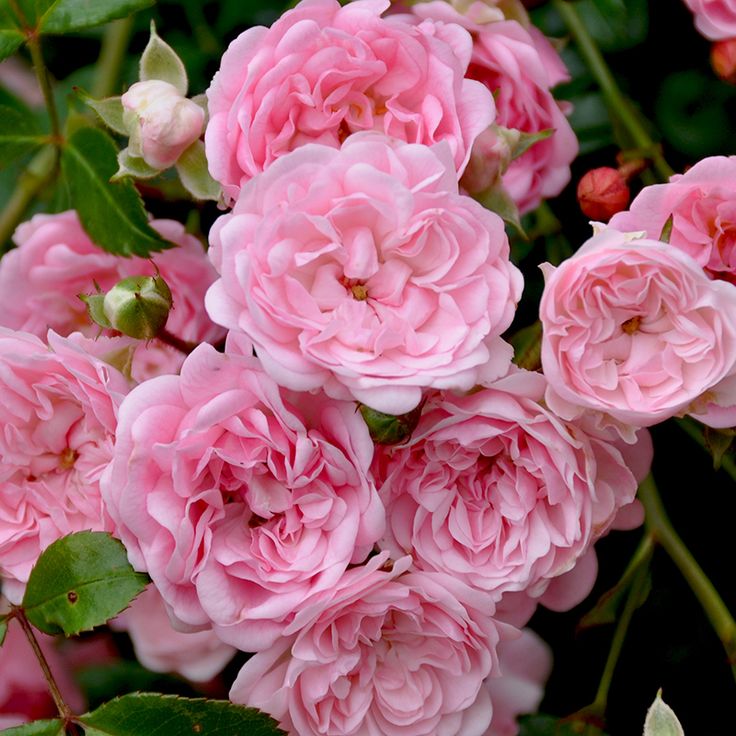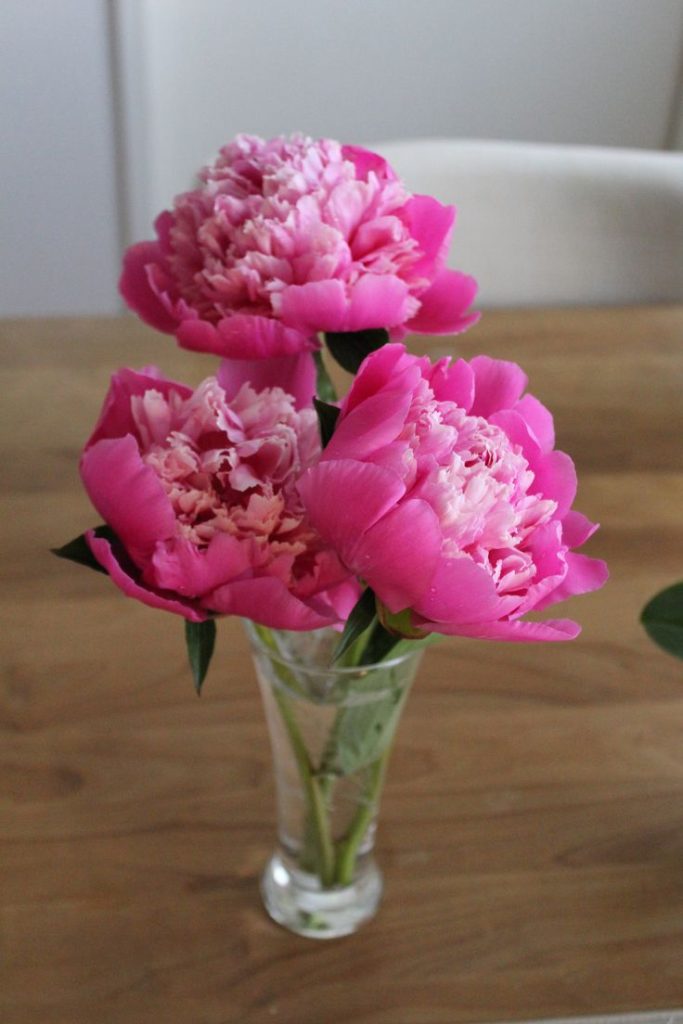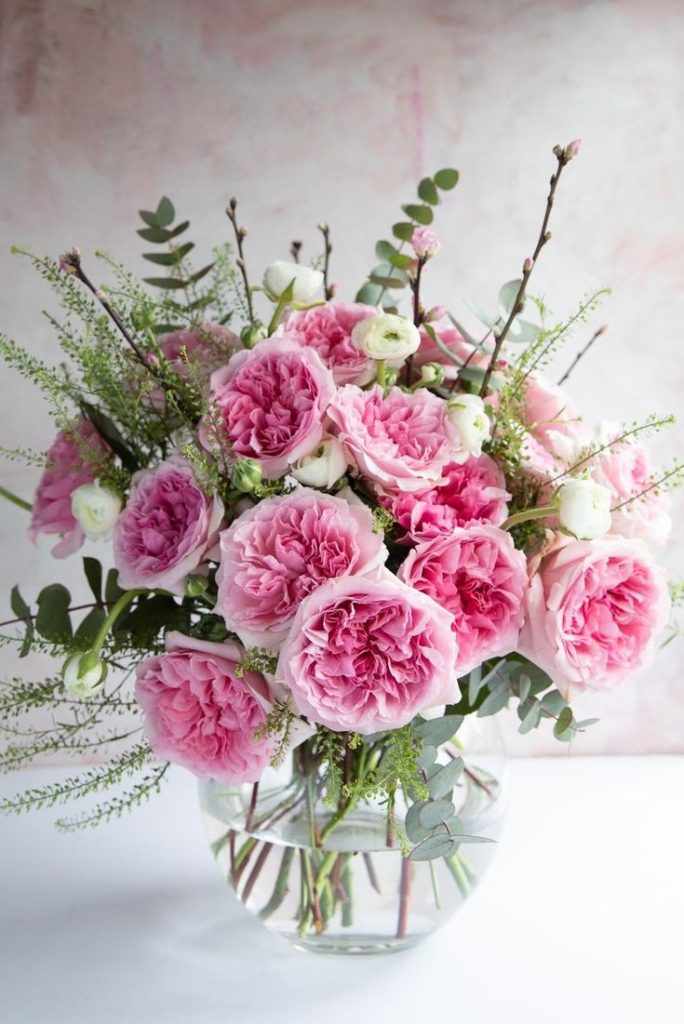Water is precious, especially in the garden. But traditional watering methods, such as hand watering or overhead sprinklers, can be inefficient, leading to water waste and uneven moisture distribution. Enter drip irrigation – a smarter, more sustainable way to water your garden. In this guide, we’ll explore the benefits of drip irrigation and provide step-by-step instructions on how to install a drip irrigation system for water efficiency in your garden.








Benefits of Drip Irrigation
Drip irrigation offers several advantages over traditional watering methods:
- Water Efficiency: Drip irrigation delivers water directly to the root zone of plants, minimizing evaporation and runoff and maximizing water efficiency. By applying water precisely where it’s needed, drip irrigation reduces water waste and promotes healthier plant growth.
- Conservation: Drip irrigation conserves water by delivering it slowly and steadily to the soil, allowing plants to absorb moisture more efficiently and reducing the need for frequent watering. This helps conserve water resources and promotes sustainable gardening practices.
- Weed Control: Drip irrigation delivers water directly to the root zone of plants, minimizing moisture on the soil surface and reducing weed growth. By keeping the soil surface dry, drip irrigation helps suppress weed growth and minimize the need for manual weeding.
- Uniformity: Drip irrigation provides uniform moisture distribution across the garden, ensuring that all plants receive the water they need for optimal growth and health. By delivering water directly to the root zone, drip irrigation eliminates dry spots and ensures consistent plant hydration.
- Time Savings: Once installed, drip irrigation requires minimal maintenance and supervision, freeing up time for other garden tasks. With automated timers and programmable controllers, drip irrigation systems can be set to water your garden automatically, saving you time and effort in the long run.
Step-by-Step Guide to Installing a Drip Irrigation System
Follow these steps to install a drip irrigation system for water efficiency in your garden:
- Plan Your System: Start by mapping out your garden layout and identifying the location of plants, beds, and water sources. Determine the water needs of different areas of your garden and plan your drip irrigation system accordingly, taking into account factors such as plant spacing, soil type, and sun exposure.
- Gather Your Supplies: Purchase the necessary supplies for your drip irrigation system, including drip tubing, emitters, connectors, stakes, and a pressure regulator. Choose high-quality components that are compatible with your garden layout and water source, and ensure that you have enough tubing and emitters to cover the entire garden area.
- Prepare the Water Source: Connect the drip irrigation system to your water source, whether it’s a hose bib, outdoor faucet, or irrigation line. Install a backflow preventer and pressure regulator to protect your system from backflow and excessive water pressure, and flush the water line to remove any debris or sediment.
- Lay Out the Tubing: Lay out the drip tubing along the rows of plants or beds in your garden, securing it in place with stakes or anchors as needed. Cut the tubing to the appropriate length using scissors or a tubing cutter, and connect multiple lengths of tubing using connectors or couplings.
- Install Emitters: Install drip emitters or micro-sprinklers at regular intervals along the drip tubing, positioning them near the base of each plant or in the center of each bed. Choose emitters with the appropriate flow rate and coverage for your plants, and adjust the spacing and placement as needed to ensure uniform water distribution.
- Test and Adjust: Turn on the water supply to your drip irrigation system and check for leaks, clogs, or other issues. Adjust the flow rate and coverage of emitters as needed to ensure that all plants receive adequate water, and make any necessary repairs or modifications to your system.
- Mulch and Maintain: Once your drip irrigation system is installed and functioning properly, mulch around plants to conserve soil moisture, suppress weeds, and protect the drip tubing from damage. Regularly inspect and maintain your drip irrigation system, checking for leaks, clogs, or damage, and make adjustments as needed to keep your garden watered efficiently and effectively.
Conclusion
Installing a drip irrigation system for water efficiency is a smart and sustainable way to water your garden, conserving water, promoting healthy plant growth, and saving time and effort in the process. By delivering water directly to the root zone of plants, drip irrigation minimizes water waste, reduces weed growth, and ensures uniform moisture distribution across the garden. Whether you’re a novice gardener or an experienced green thumb, a drip irrigation system offers a convenient and effective solution for watering your garden while promoting water conservation and sustainable gardening practices. With a little planning and effort, you can install a drip irrigation system that keeps your garden thriving and beautiful year-round, providing you with fresh, homegrown produce and a greener, more sustainable landscape for years to come.
FAQs (Frequently Asked Questions)
- How much water does a drip irrigation system save compared to traditional watering methods?
- Drip irrigation systems can save up to 50% or more water compared to traditional watering methods, such as hand watering or overhead sprinklers. By delivering water directly to the root zone of plants, drip irrigation minimizes evaporation, runoff, and water waste, resulting in more efficient water use and healthier plant growth.
- Can I install a drip irrigation system myself, or do I need professional help?
- Many gardeners can install a drip irrigation system themselves with basic tools and equipment, especially for small to medium-sized gardens. However, larger or more complex systems may require professional installation to ensure proper design, layout, and functionality. Consider your gardening skills, knowledge, and comfort level with DIY projects when deciding whether to install a drip irrigation system yourself or seek professional assistance.
- What type of plants are best suited for drip irrigation?
- Drip irrigation is suitable for a wide range of plants, including fruits, vegetables, herbs, flowers, and ornamentals. Choose plants with similar water requirements and spacing to optimize water use and ensure uniform moisture distribution across the garden. Drip irrigation can be particularly beneficial for plants that are sensitive to overhead watering or prone to disease, such as tomatoes, peppers, cucumbers, and strawberries.





